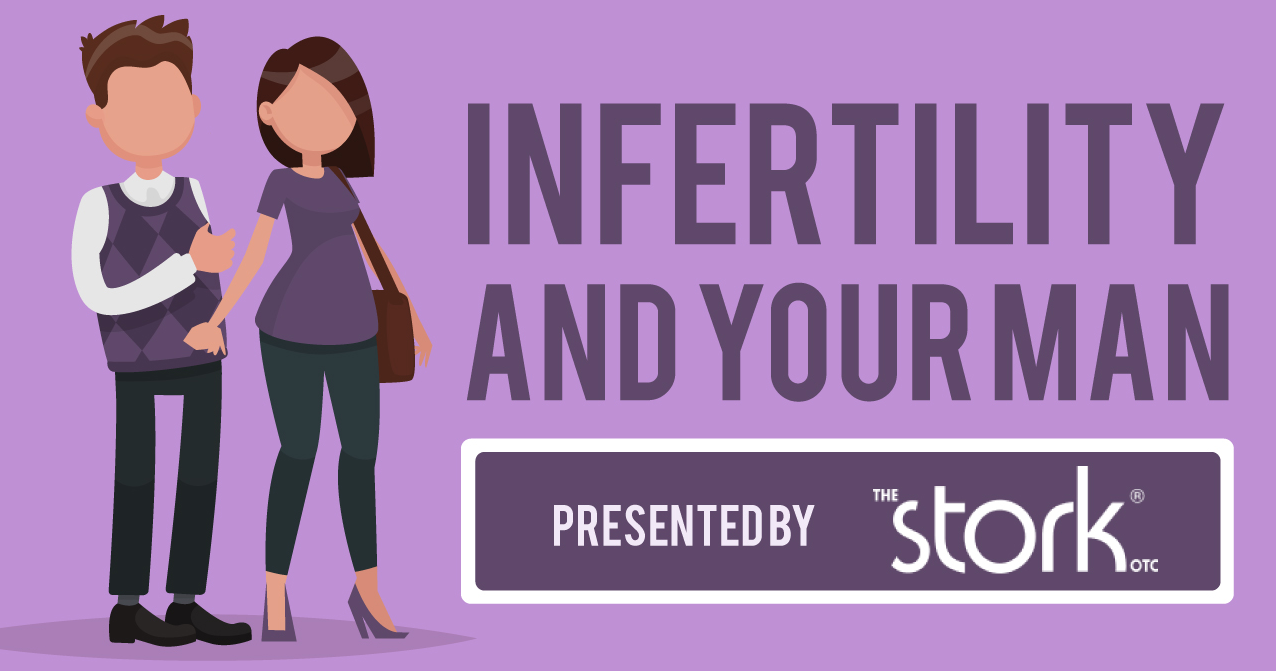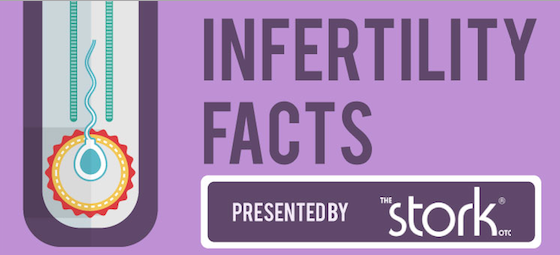
Ovulation is key to conception. It began for you when you reached puberty. Once a month, several eggs (ova) develop.
Over a period of two to three weeks, one egg will reach maturity. The rest of those developing eggs undergo atresia or degeneration, and they simply disappear.
The mature egg (ovum) is released from the ovary. It can only be fertilized in the next 24 hours.
The fallopian tube is situated between the uterus and the ovary. The fallopian tube has projections that are rather like fingers on its end near the ovary. These finger-like projections are called fimbria.
After the egg has matured, the fimbria will pick up this particular egg and it will then go into the fallopian tube heading toward the uterus.
When the follicle securing the egg lets it go, this is when ovulation occurs. Generally this will happen 14 or 15 days following the first day of your menstrual cycle.
Upon ovulation the egg will go into the fallopian tube where it will await possible fertilization.
It's at the time of ovulation that you will be your most fertile. If you have sexual intercourse, this is the time you have the greatest chance of conception taking place.
Once sperm have made their way into the vagina, they will aim to swim through the cervix and into the fallopian tubes. Millions of sperm are in this race.
Each sperm that makes it to the egg must attempt to remove protective cells from the egg before penetration can take place. Only one can succeed.
When a sperm penetrates the ovum, we have conception. Once the sperm has penetrated the egg, the protective layer around the ovum transforms so that no more sperm can penetrate it afterward.
The genetic material of sperm and ovum unite into one nucleus which is called a zygote. The zygote will stay in the tube for a few more days, as it continues to develop.
When it has grown to somewhere around 20 to 40 cells it will go into the uterus for a few days. And after this the fertilized ovum implants itself into the uterine lining. At this point, you are pregnant.
What happens if the ovum didn't get fertilized? It will disintegrate after it gets to the uterus.
The hormone levels will change, the uterine lining will break down and you will experience menstruation. And the next month, the whole process takes place once again.
Resources:
Your Fertility: Understanding Natural Conception
http://www.babyzone.com/preconception/getting_pregnant/article/fertility-natural-conception
Conception facts
http://chealth.canoe.ca/channel_section_details.asp?text_id=4441&channel_id=2048&relation_id=43282
Conception and Fertility: What Happens During Ovulation?
http://www.ovulation-calculator.com/conception.htm
Understanding the Female Body, Your Fertile Period and the Menstruation Cycle
http://contraception.about.com/od/contraceptionoverview/p/conception.htm
Visit Jody's website and blog at http://www.ncubator.ca and http://ncubator.ca/blogger






Add a CommentComments
There are no comments yet. Be the first one and get the conversation started!